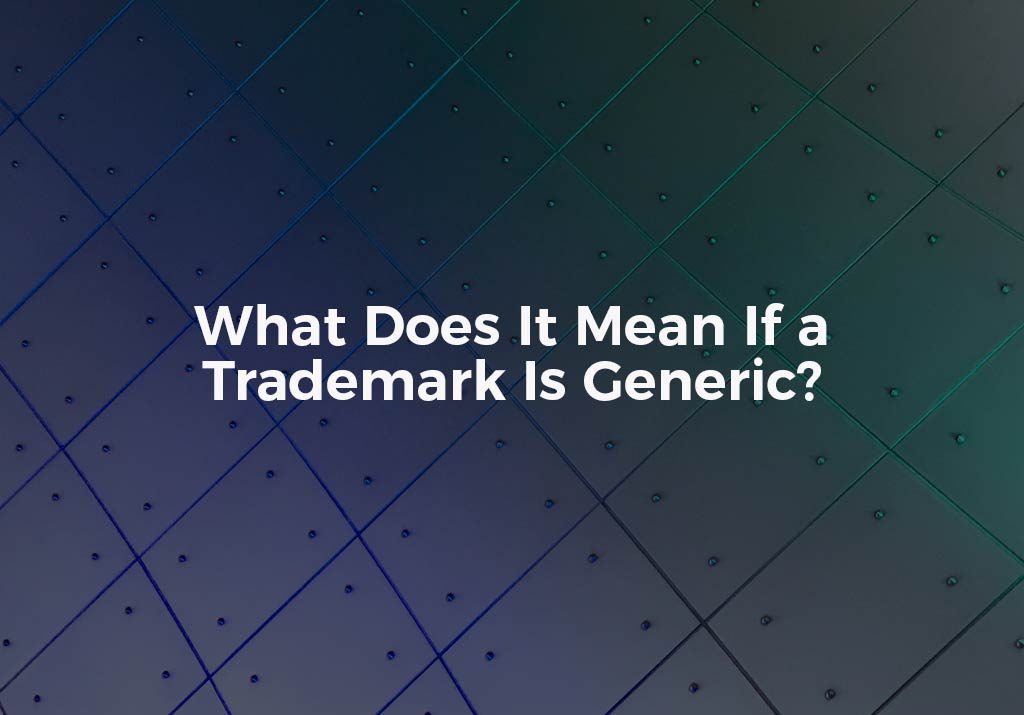Trademarks are invaluable business assets, and it is incredibly unfortunate when the protected status of a trademark is lost because the consuming public begins to too closely associate the trademark with the product or good that the trademark is attached to. When the consuming public refers to the trademark of a product or good, rather than referring to the product or good for what it is, what happens is that the trademark becomes a generic term for the product in the mind of the consumers. If such use of a trademark as a generic term for the item to which the trademark is attached is allowed to carry on unchecked by the trademark owner, the trademark can fall victim to genericide.
Genericide occurs when a trademark name goes from being a trademark to being a common, generic substitute term for the item, product, good, or class of goods, that the trademark is attached to. For instance, if a company uses the trademark ZAPPRADDLES on a line of ultra-plush dinner napkins that it sells, and the consuming public over time begins to associate the name “zappraddles” with napkins – and even start using the term “zappraddles” to refer to all napkins generally, the company could be at risk of losing the ZAPRADDLES trademark to genericide.
Famous Examples of Trademarks Lost to Genericide
There are countless famous examples of trademarks that have lost their protection status due to genericide. Some of the most popular genericide trademarks you might be familiar with include aspirin, heroin, trampoline, flip phone and escalator. All of these everyday items at one point in time were actually trademarked product names. Aspirin and Heroin were trade names for the drugs acetylsalicylic acid and diamorphine, respectively. A trampoline was a trade name for a rebound tumbler. Flip phone was the trade name assigned to handheld phones that had a covering that must be flipped open in order for the phone to function. Escalator was also at one time a trademarked name for an elevator made of stairs.
How to Avoid Genericide of Trademarks
Valuable trademarks do not have to succumb to an untimely death through genericide. There are measures that trademark owners can take that will help combat genericide from occurring. The primary way to fight against genericide of a trademark is to monitor, i.e., police, one’s trademarks. This means monitoring how the consuming public uses the trademark, how the trademark is used in print, and reminding those who are not respectful of the trademark’s protected status that the mark is in fact a protected trademark and should be treated accordingly.
- In print, make sure that the trademark is always set apart from the rest of the text in the print, either by capitalizing the trademark or by using distinctive font.
- Always use a symbol to designate the status of the trademark, such as a ®, TM (for trademarks) or SM (for service marks).
- If someone is misusing the trademark, notify them immediately that the trademark must be treated appropriately.
- Be consistent in how the trademark is used, and if the trademark is licensed to others, ensure that the licensees are respecting the protected status of the trademark.
Concerned About Genericide? Contact The Rapacke Law Group Today
If you are concerned about genericide, or need guidance on how to police and monitor the use of your protected trademark, contact an experienced and skilled attorney at The Rapacke Law Group. RLG can be reached at 954-951-0154 or by completing this online contact form.
Related Article: State Trademark vs Federal: What’s The Difference and Which Is Right for You?



